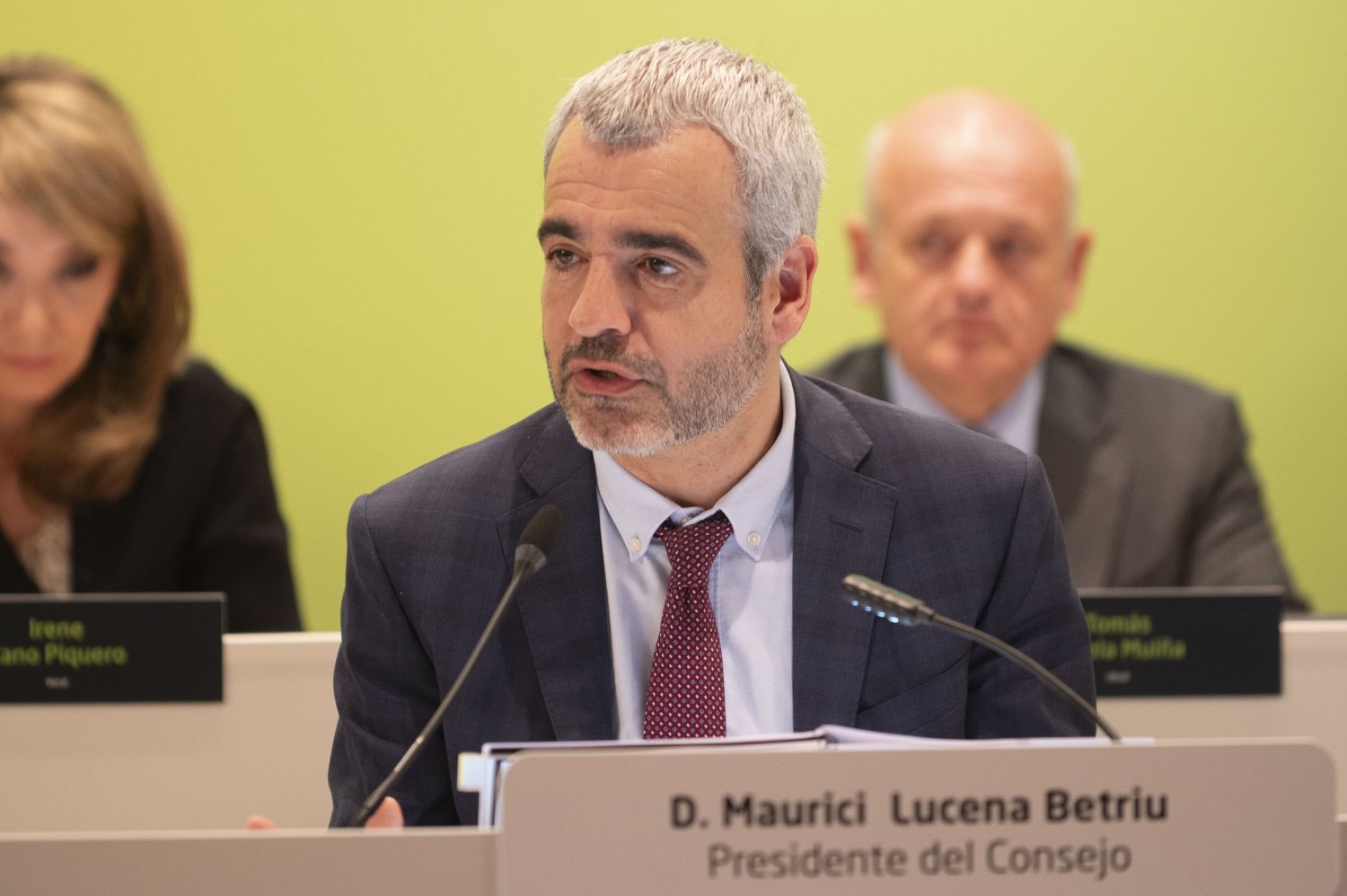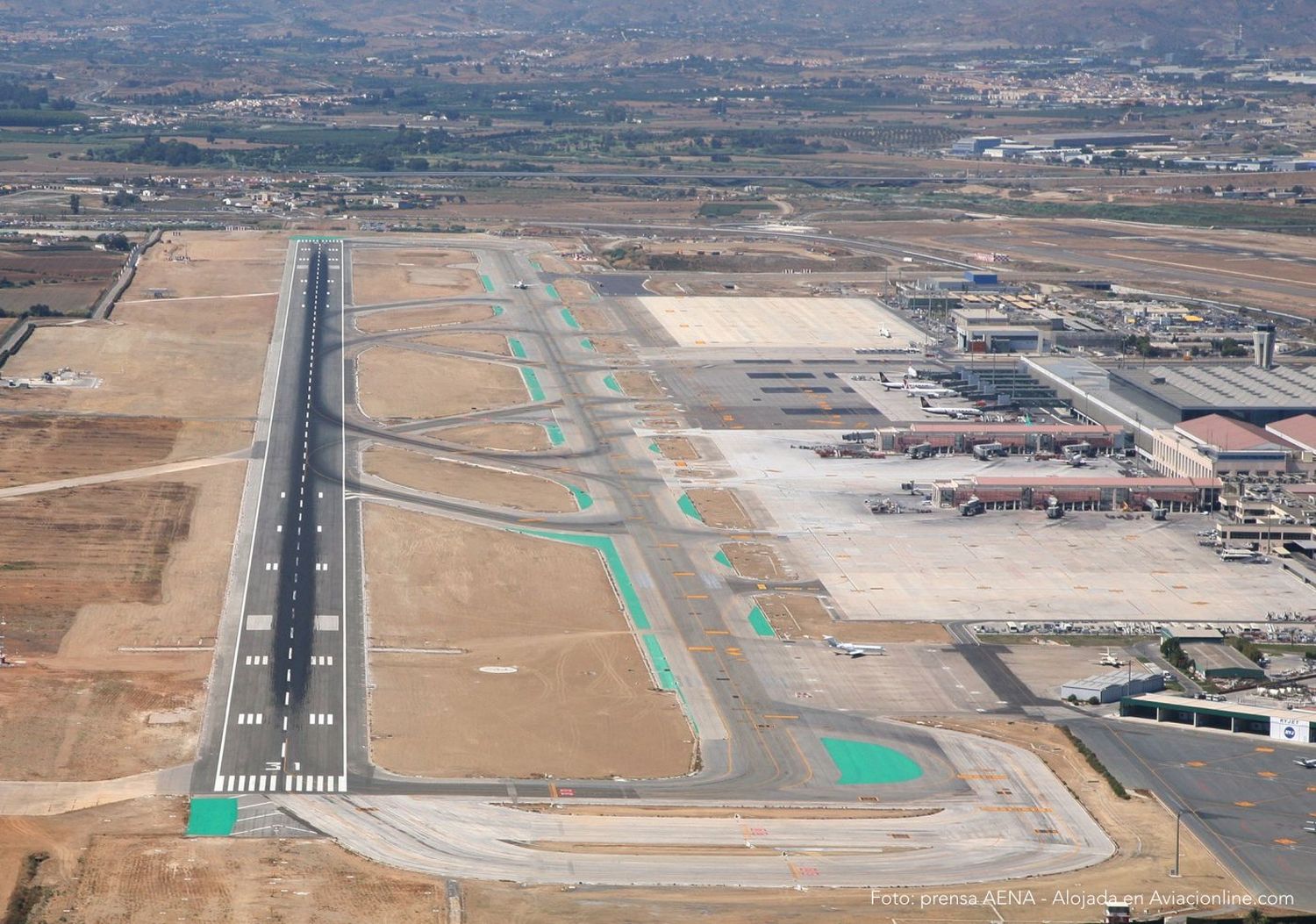Aena Maintains 2025 Passenger Growth Forecast at 3.4%, Eyes 320 Million Travelers
Aena, Spain’s airport operator, confirmed on Tuesday that it is maintaining its 2025 passenger traffic growth forecast at 3.4%, which would bring the total number of users across its Spanish airport network to 320 million. The projection is based on slot booking data for the summer high season, which ends in October, as well as current airline fleet capacity constraints.
Maurici Lucena, Aena’s Chairman and CEO, stated during the Annual General Shareholders’ Meeting held in Madrid that the forecast was developed in a context of uncertainty. “We are well aware of the current difficulties in modeling future economic scenarios and assigning probabilities to them,” he said. Nevertheless, he emphasized that the available data and operational forecasts support the company’s outlook for the year.
Record Passenger Traffic in 2024 and International Growth
In 2024, Aena posted record passenger volumes. The company reported that its directly managed airports—46 in Spain, 2 heliports, London Luton Airport, and 17 airports in Brazil—served nearly 370 million passengers, averaging over one million travelers per day. Including minority stakes in 12 airports in Mexico, 2 in Jamaica, and 1 in Colombia, the total rises to 440 million passengers.
Financially, Aena closed 2024 with a consolidated net profit of €1.934 billion, up 18.6% from the previous year. EBITDA reached €3.51 billion, and total revenues amounted to €5.83 billion, according to figures shared at the shareholders' meeting.

These results led to the approval of the largest dividend in the company’s history, at €9.76 gross per share, marking a 27.4% increase year-over-year. The meeting also approved a 10-to-1 stock split, lowering the nominal share value from €10 to €1, aimed at encouraging investment from smaller shareholders.
Capacity Reaching Its Limits and Expansion Plans
Lucena highlighted that, due to the unexpected surge in traffic in recent years, several airports in Spain are approaching their operational limits. Aena has identified the need for expansion projects at key facilities including Adolfo Suárez Madrid-Barajas, Josep Tarradellas Barcelona-El Prat, Tenerife North-Ciudad de La Laguna, Tenerife South, César Manrique-Lanzarote, Valencia, and Alicante-Elche Miguel Hernández, among others.
These projects are part of a long-term strategy to anticipate demand. “Aena is thoroughly preparing to manage an investment wave comparable only to that of the 2000s,” Lucena said. The company is currently working on the third Airport Regulation Document (DORA) for the 2027–2031 period, with the final proposal expected in 2026 following consultation with airlines.
International Expansion: London and São Paulo
On the international front, Aena announced that the UK government has approved the expansion of London Luton Airport, increasing its capacity from 19 to 32 million passengers annually. Aena manages Luton under a concession until 2032 and aims to lead the expansion process, pending agreement with the Luton Borough Council, the airport's owner.
In Brazil, the focus is on the expansion of Congonhas Airport in São Paulo, which Aena describes as its most significant international project to date. In late 2024, Aena awarded contracts for mandatory investments across the 11 airports included in the BOAB concession. In total, the company will invest around 6.4 billion Brazilian reais across the 17 airports it manages in Brazil.
Puede interesarte
Aena also celebrated the fifth anniversary of Aena Brasil in 2024, marking the completion of the Northeast Brazil Airport (ANB) renovation plan, delivered on time and as planned.
Environmental Commitments and Net-Zero Targets
On the sustainability front, Aena reported major progress under its 2021–2030 Climate Action Plan, including joining the Science Based Targets Initiative (SBTi), which provides scientific validation of its short- and long-term emissions reduction targets.
The company has already achieved a 70% reduction in direct emissions compared to 2019, eliminating the need for offsetting. It also reported a 40% drop in natural gas consumption, thanks to the adoption of aerothermal systems and biofuels.
Aena continues to advance its photovoltaic plan, which aims to supply 51% of its 2019 energy consumption from self-generated solar power by 2029. Ten airports currently have grid access and connection rights secured for this purpose.
Changes to the Board of Directors
The meeting also approved changes to the Board of Directors. The voluntary departure of Irene Cano was followed by the appointment of economist Ramon Tremosa i Balcells as an independent director. Additionally, Javier Marín, Juan Río, Jaime Terceiro, and Amancio López were re-elected for another four-year term, with the latter two continuing as independent directors.


Comentarios
Para comentar, debés estar registrado
Por favor, iniciá sesión